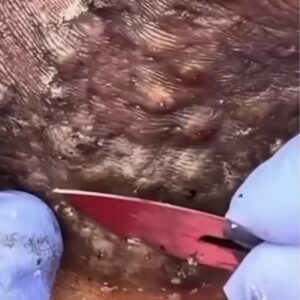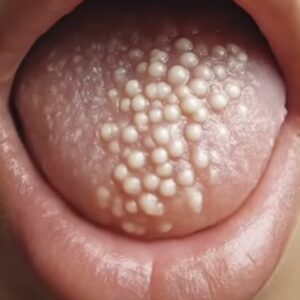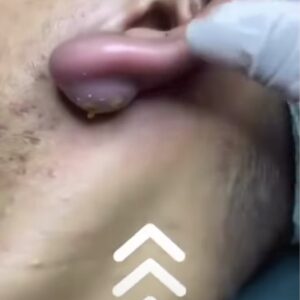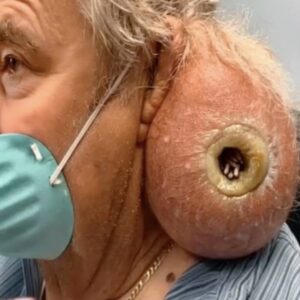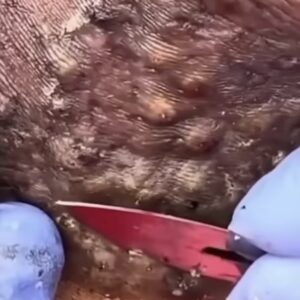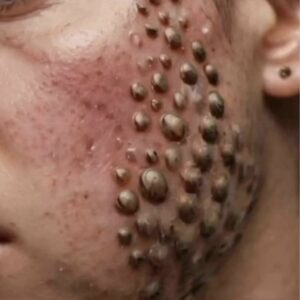In recent years, the European market has seen a rise in fake honey, with alarming statistics from the Active Consumers organization revealing that half of the tested honey brands fail basic quality standards. These standards include water content, electrical conductivity, HMF, diastase activity, and proline content. Honey is commonly adulterated through:
1.Dilution with glucose-fructose syrup: Increases volume but reduces quality.
2.Premature harvesting: Leads to higher water content and lower quality. Popular DIY honey authenticity tests, like the napkin test and hexagon shape test, often don’t provide reliable results
Real honey may still spread on a napkin, and honey doesn’t form hexagons in water. Ants are also attracted to both real and fake honey. While density and dissolution tests can offer some insight, they aren’t foolproof due to varying honey types. To confirm authenticity, laboratory testing is the most reliable method, as counterfeits become increasingly sophisticated
